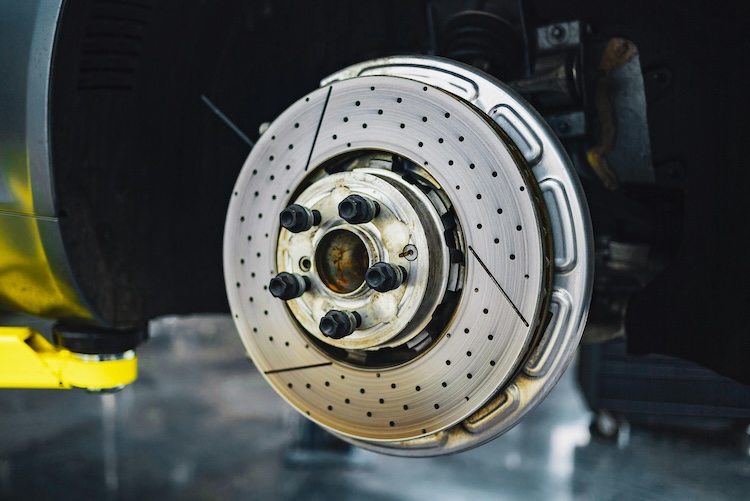Patching vs. Replacing a Damaged Tire: What Are the Pros and Cons?

Navigating the often dreaded revelation of a damaged tire leads many drivers to the crossroads of a critical decision: to patch or replace? The answer isn’t always straightforward, as several factors, including the extent of the damage and the tire's overall condition, play pivotal roles. In this comprehensive guide, we'll explore the pros and cons of both patching and replacing a damaged tire, providing valuable insights to help you make an informed decision that ensures your safety and optimizes your expenditure.
The Case for Patching
Patching a tire is viewed favorably for its cost-effectiveness and practicality. It's a solution that, when applicable, can significantly extend the life of your tire without the need for an immediate replacement. This method is particularly appealing for minor damages, such as small punctures in the tire’s tread area that don't compromise the sidewall or the tire's overall integrity. The process involves applying a patch and sometimes a plug from the inside of the tire, creating a seal that is both air-tight and durable. The primary advantage of opting to patch a tire is evident in the savings; it's considerably cheaper than purchasing a new tire and, when done correctly, can last for tens of thousands of miles.
However, patching has its limitations. It's not suitable for large punctures, cuts, or any damage to the tire's sidewall. Attempting to patch these could lead to a false sense of security, as the structural integrity of the tire is compromised, posing significant safety risks. Additionally, patching is not a viable solution for tires that have experienced severe wear or those that have previously been patched several times.
The Argument for Replacing
On the flip side, replacing a damaged tire may come with a higher upfront cost but provides peace of mind knowing that your vehicle is equipped with new, undamaged rubber. The tire replacement option is typically recommended when a tire has sustained considerable damage, such as large punctures, sidewall injuries, or excessive wear. New tires also offer the added benefit of improved performance, whether it be enhanced grip, reduced stopping distances, or better fuel efficiency.
While the cost barrier to replacing a tire can be significant, especially if you're considering a premium brand or model, the investment directly contributes to the vehicle's safety and performance capabilities. Another consideration when replacing a tire is to ensure that it matches the other tires on your vehicle in terms of type, size, and tread pattern. This promotes even wear and maintains handling characteristics, which can be crucial for avoiding future issues.
Making Your Decision
Deciding whether to patch or replace your damaged tire boils down to a few critical considerations. The location and size of the damage are perhaps the most significant factors. If the damage is confined to the central tread area and is relatively small (less than 1/4 inch in diameter), a patch might suffice. Conversely, if the damage affects the tire's sidewall or is extensive, replacement is the safer option.
Another aspect to consider is the age and condition of the tire. Older tires nearing the end of their expected lifespan or those showing signs of significant wear should be replaced to ensure safety. On the other hand, a nearly new tire with minimal damage might be an ideal candidate for patching.
Consult with Professionals
When in doubt, it's always best to consult with a professional. Tire repair specialists can assess the damage and recommend the best course of action according to industry standards and safety guidelines. They can also inspect the tire for other issues that might influence your decision, such as tread depth and wear patterns.

The decision to patch or replace a damaged tire should never be taken lightly. Safety should always be the top priority, followed by considerations of cost and convenience. By understanding the pros and cons of each option and seeking professional advice when necessary, you can make an informed decision that keeps you safe on the road and helps manage your automotive maintenance budget effectively. Remember, the right choice not only protects your wallet but, more importantly, it protects you and your passengers every time you drive.



